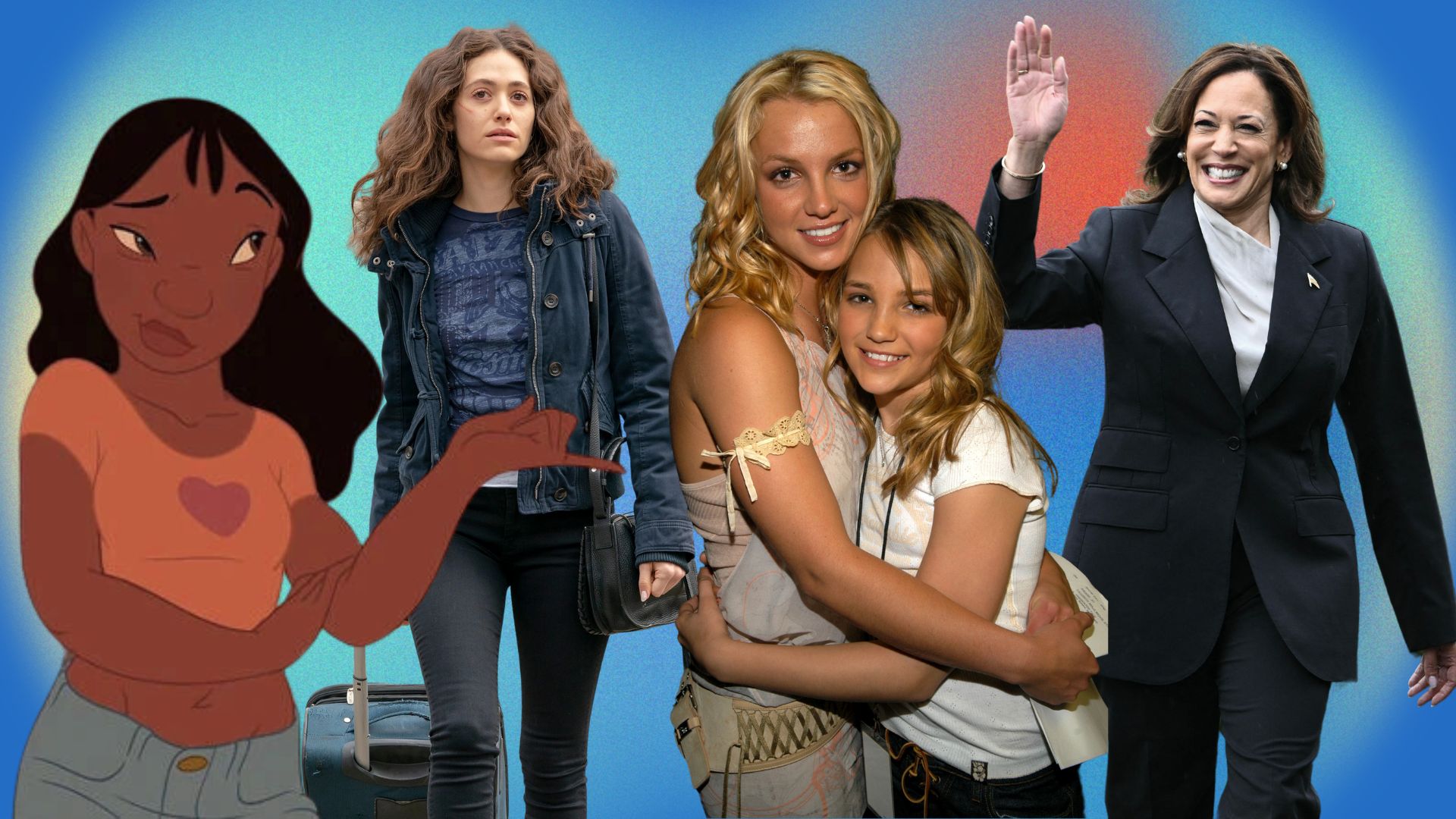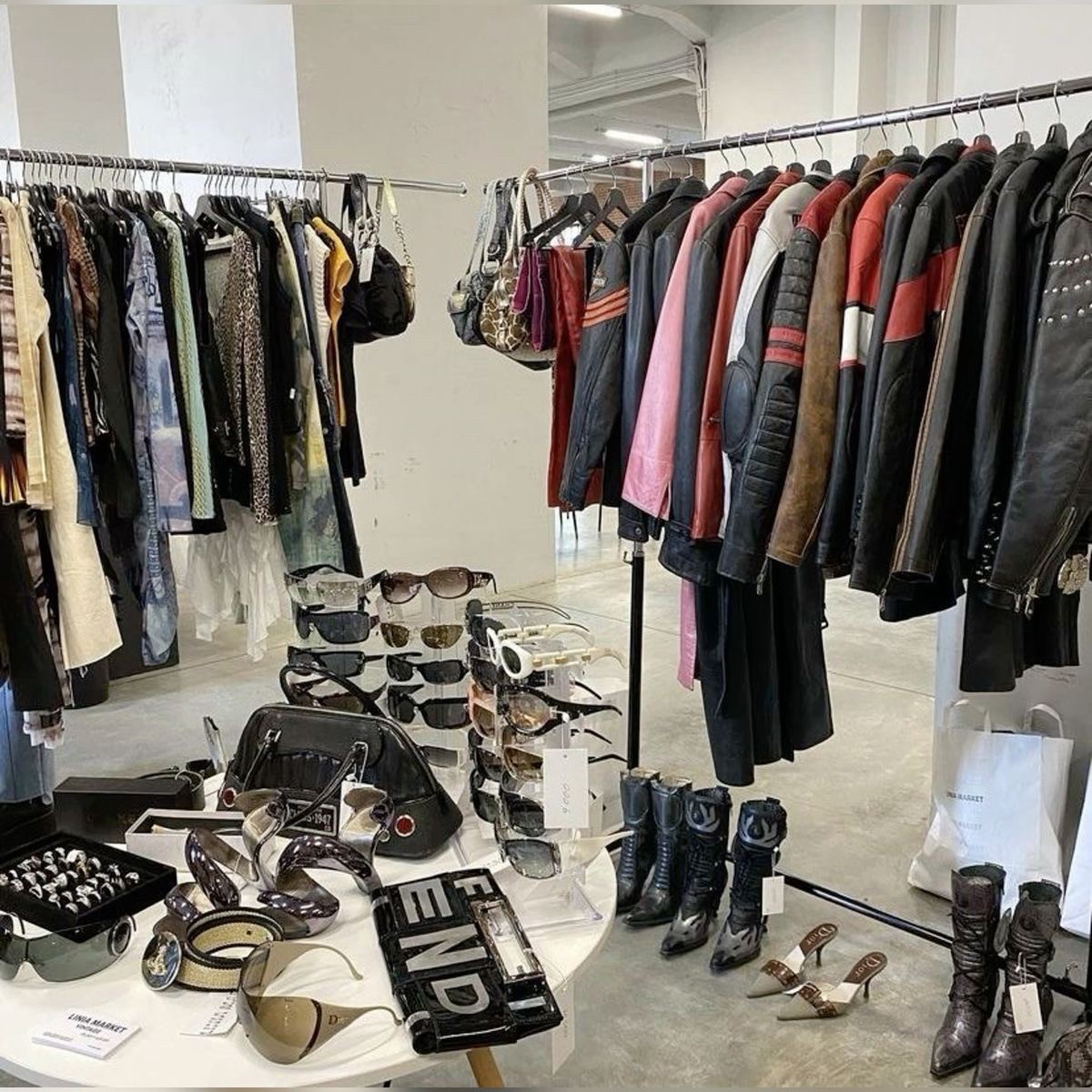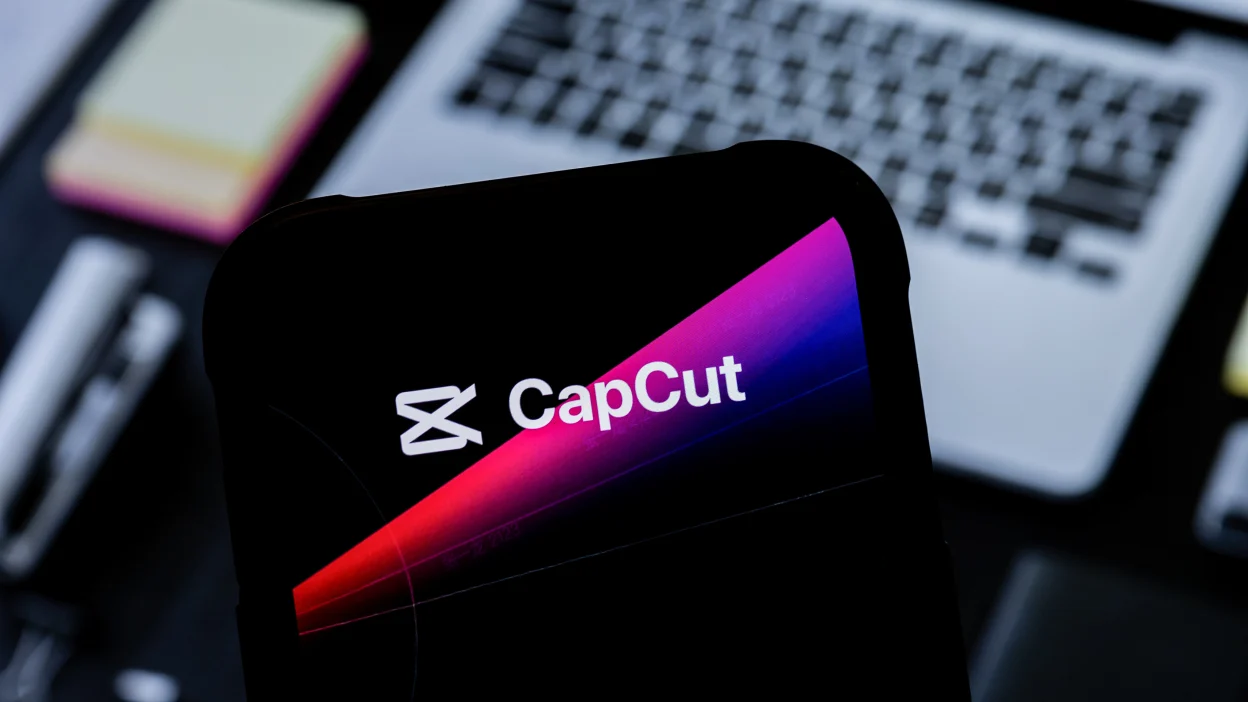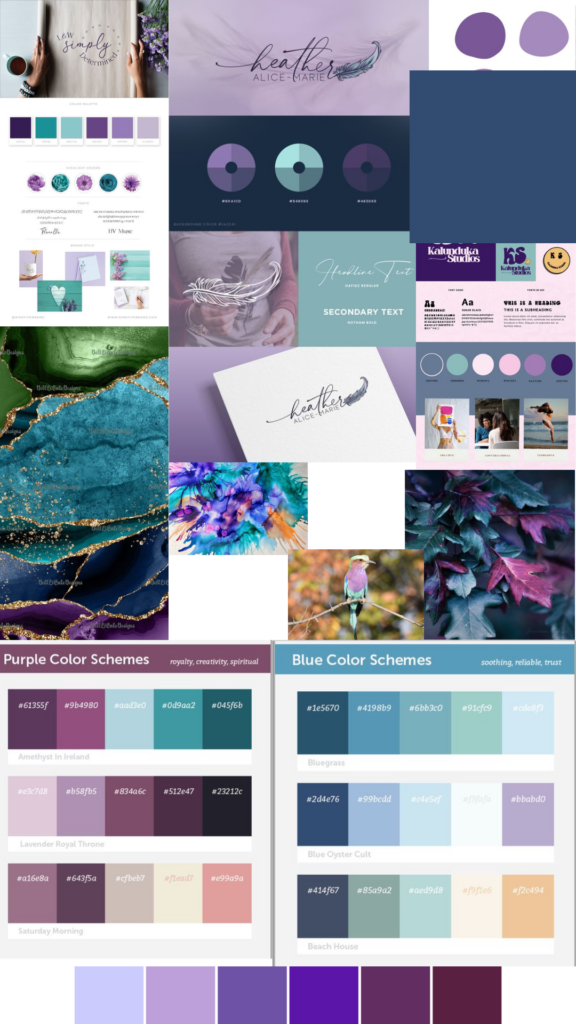
When you choose to be bold and brave, choosing shades of purple can uplevel your communication. But let’s understand what it means psychologically.
The cool scent of lavender, lilac, and violets in the air may make you feel calm, spiritual, and feminine.
Purple is often associated with wealth, power, and comfort. However, for some, this colour can evoke feelings of discomfort due to its prideful connotations. So, how can purple have such contrasting meanings?
The Importance of Shade in Purple
The answer lies in the shades of purple rather than the colour itself. We’ve categorized purple into Light, Bright, and Dark Purple to help you understand its diverse impact.

Personal Reactions to Purple
How does purple make you feel? Does it inspire you to incorporate it into your branding, or does it feel too whimsical and lighthearted?
Your feelings toward green likely stem from personal experiences and memories. For example, Barney’s The Purple Dinosaur, with its friendly purple character, might evoke childhood nostalgia. Similarly, the playful song “Purple People Eater” and the iconic “Purple Rain” by Prince could strengthen your affinity for purple.
Finding Your Brand’s Colour Mix
For a successful personal brand, finding a mix of colours that resonate with you and attract your ideal customer is crucial. Consider how you feel about purple and how you’d like others to perceive your business. This will guide you in selecting the right shade.
Understanding Colour Hints
Your feelings toward green likely stem from personal experiences and memories. For example, Barney’s The Purple Dinosaur, with its friendly purple character, might evoke childhood nostalgia. Similarly, the playful song “Purple People Eater” and the iconic “Purple Rain” by Prince could strengthen your affinity for purple.
Considering Your Target Audience
How would your dream customer react to purple? Would it appeal to them or turn them away? What does purple mean to them?
Using Purple in Business
The importance of choosing the right shade for your audience is key. Different shades of purple can drastically alter your brand’s appearance and message.

Examples of Purple in Branding
Brands like Taco Bell and Disney use purple to evoke a sense of wonder and nostalgia. Disney, for instance, uses purple in its villains and characters like Figment, Epcot’s unofficial mascot. They’ve even created a unique “Purple Potion” featured across their parks and merchandise.
Should You Use Purple in Your Brand?
Purple can be a bold choice for brands aiming to stand out. The colour’s impact depends on the shades you choose:
Light Purple: Calming and whimsical.
Bright Purple: Creative and fun.
Dark Purple: Luxurious and powerful.

Creating the Perfect Purple Palette
Follow our 5-step process to choose the best colours for your brand.
- Choose Your Main Brand Color: Decide if you want light, bright, or dark purple.
- Select a Supporting Color: Find a complementary color.
- Pick a Light Neutral: Balance your palette with light neutrals.
- Choose a Dark Neutral: Add depth with a dark neutral.
- Add an Accent Color: Use this sparingly to highlight essential elements.
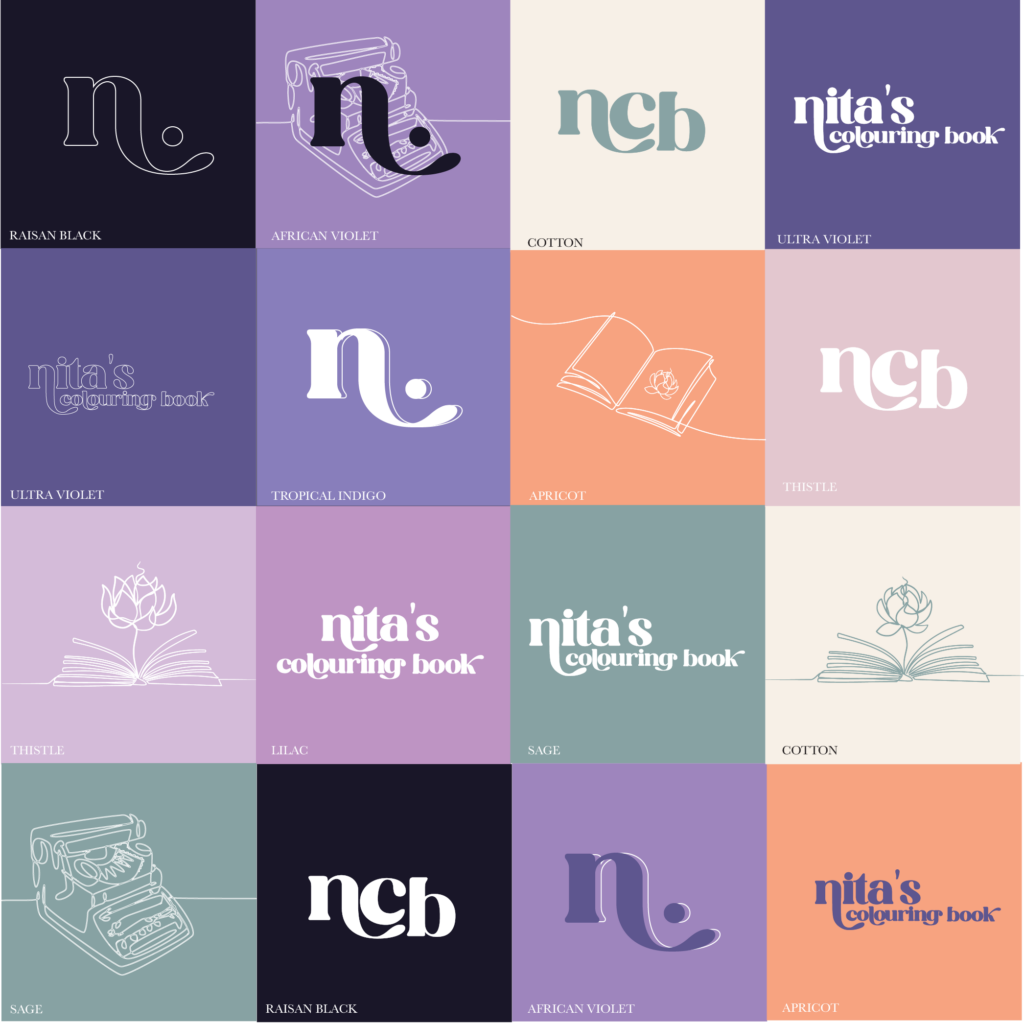
Final Thoughts
Using purple can set your brand apart, but knowing your audience is essential. While purple signifies luxury and power, it can also be seen as childish or unprofessional. Make sure it’s the right fit for your brand.
Explore more from the Brand Development of Nita’s Colouring Book

